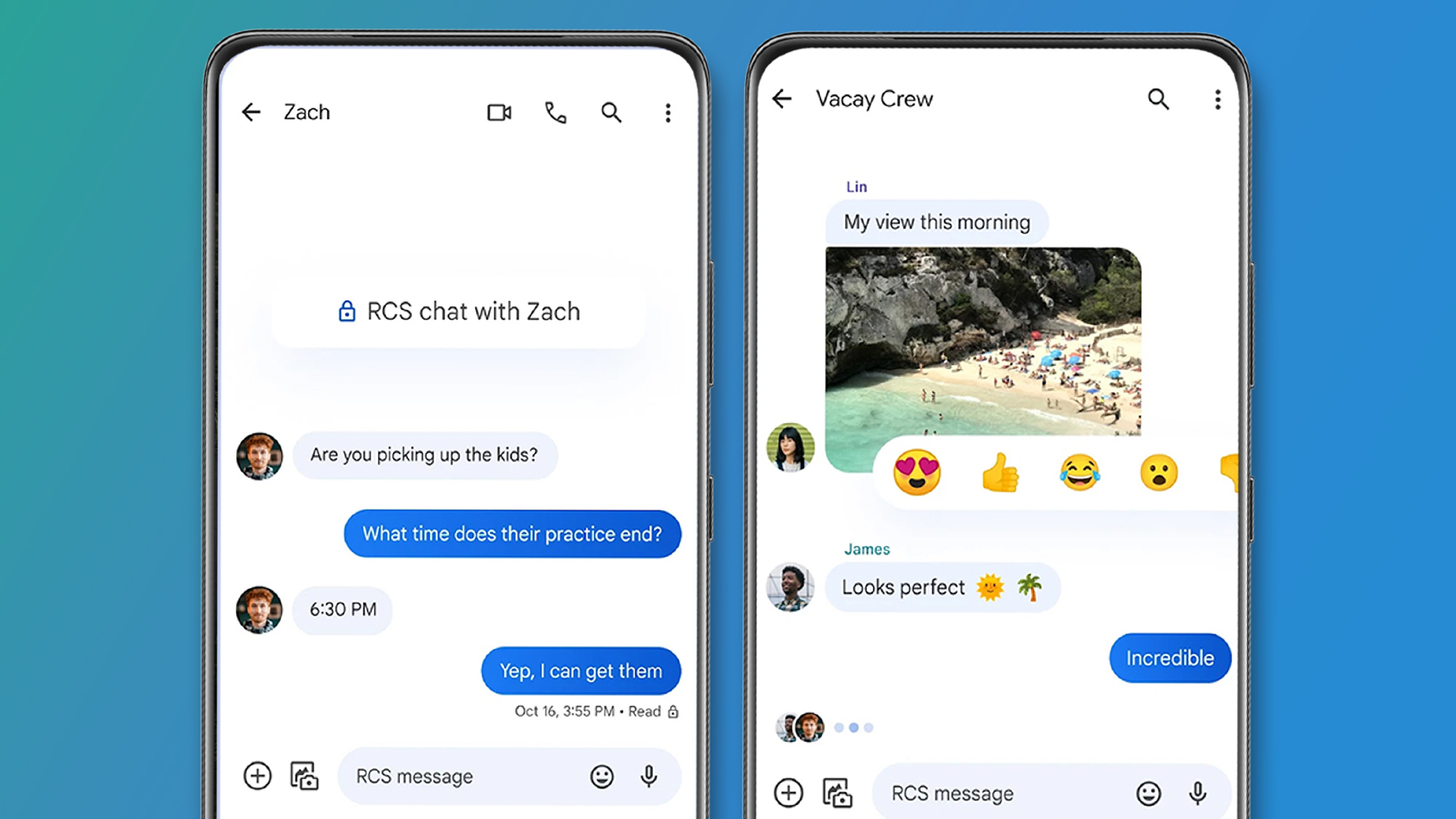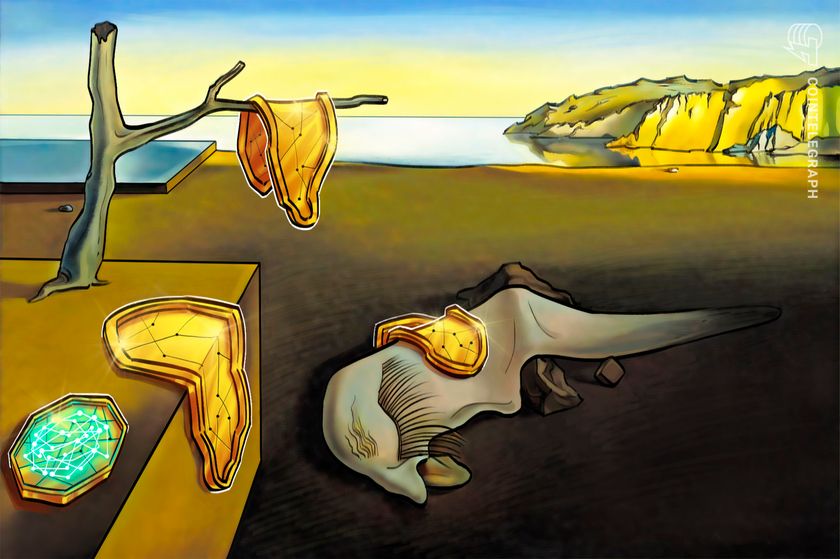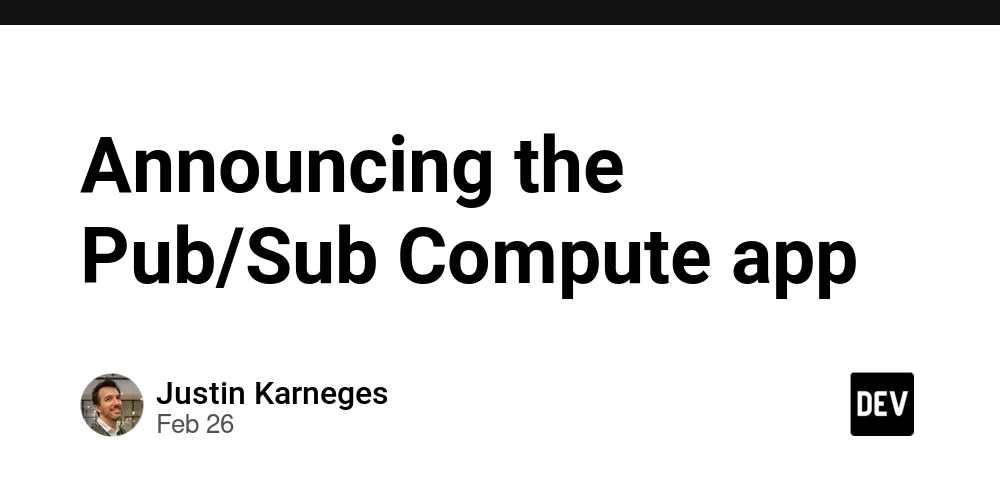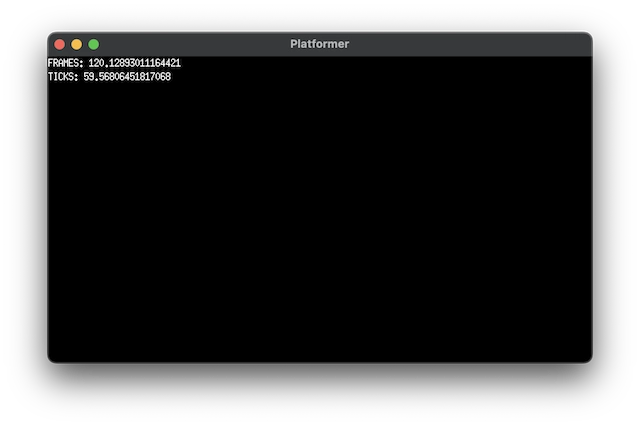Advanced Ecommerce SEO for Sustainable Business Growth
For online store owners, mastering advanced ecommerce SEO is crucial for sustainable business growth. While traditional websites may only require optimizing a few key pages, ecommerce platforms face unique challenges with their extensive product catalogs, dynamic category pages, and fluctuating inventory levels. Search engines continuously evolve their algorithms to better match user intent, making it essential for store owners to develop technical expertise and deep understanding of customer behavior. This complexity demands a specialized approach to search engine optimization that goes beyond basic SEO practices. Understanding SEO Timelines for Ecommerce Success Search engines drive 93% of online experiences, making search visibility critical for ecommerce businesses. Before launching an SEO campaign, store owners must understand realistic timeframes for achieving results. Expected Timeline for SEO Results Established ecommerce websites typically begin seeing improvements in organic traffic after 3-4 months of implementing SEO optimizations New online stores face a longer journey, usually requiring 4-6 months before notable traffic increases occur These timeframes vary based on factors like market competition, website authority, and optimization quality SEO vs. Paid Advertising Unlike paid advertising channels that deliver immediate traffic, SEO requires patience and sustained effort. This waiting period serves as an investment in building a strong foundation for long-term organic growth. Each optimization compounds over time, creating sustainable visibility that continues to deliver value without ongoing ad spend. Factors Affecting SEO Timeline Website Age and Authority: Established sites often see faster results due to existing search engine trust Competition Level: Highly competitive markets require more time to achieve visibility Content Quality: Superior content can accelerate ranking improvements Technical Foundation: A well-optimized technical structure speeds up search engine recognition Backlink Profile: Strong, relevant backlinks can expedite ranking growth Setting Realistic Expectations Store owners should view SEO as a marathon rather than a sprint. While initial improvements may take months to materialize, the long-term benefits often surpass those of other marketing channels. During the waiting period, focus on consistently implementing best practices, monitoring key metrics, and refining strategies based on performance data. Success in ecommerce SEO requires commitment to continuous optimization. Rather than expecting overnight results, develop a systematic approach to implementing improvements across technical, content, and link-building aspects of your strategy. This patient, methodical approach builds a strong foundation for sustained organic traffic growth. Technical SEO Fundamentals for Ecommerce Platforms Technical SEO forms the backbone of any successful ecommerce website, enabling search engines to effectively crawl, index, and display your product pages. Mastering these technical elements is crucial for achieving optimal search visibility. Dynamic Content Optimization Ecommerce sites frequently update their content with new products, prices, and inventory levels. Two primary methods help search engines process this dynamic content efficiently: Pre-rendering: Creates static HTML versions of dynamic pages before search engines access them. This approach reduces server load and improves crawling efficiency by storing pre-generated content in cache. Server-side Rendering: Generates complete HTML pages on-demand when users or search engines request them. While more resource-intensive, this method ensures content freshness and immediate accessibility. Mobile Optimization Requirements With search engines prioritizing mobile-first indexing, responsive design is no longer optional. Your ecommerce platform must deliver seamless experiences across all devices, focusing on: Adaptive layouts that adjust to different screen sizes Touch-friendly navigation and buttons Readable text without zooming Properly spaced interactive elements Performance Optimization Site speed significantly impacts both user experience and search rankings. Key performance areas include: Image optimization and compression Efficient code structure and minification Browser caching implementation Content Delivery Network (CDN) usage Server response time optimization Crawl Budget Management Search engines allocate limited resources for crawling websites. Optimize your crawl budget by: Implementing efficient XML sitemaps Managing faceted navigation Blocking unnecessary URLs through robots.txt Consolidating duplicate content Prioritizing important pages in site architecture Modern tools like AI-powered prerendering solutions can automate many of these technical optimizations, deliverin
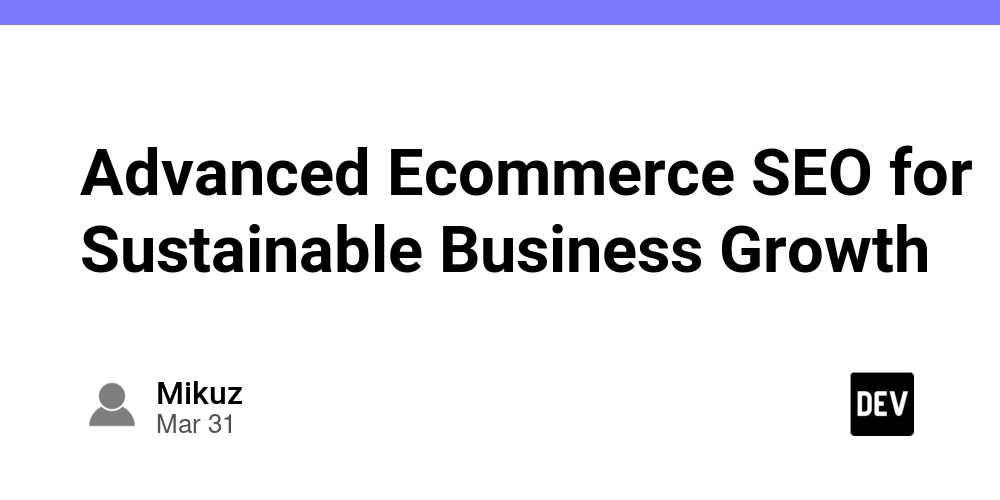
For online store owners, mastering advanced ecommerce SEO is crucial for sustainable business growth. While traditional websites may only require optimizing a few key pages, ecommerce platforms face unique challenges with their extensive product catalogs, dynamic category pages, and fluctuating inventory levels. Search engines continuously evolve their algorithms to better match user intent, making it essential for store owners to develop technical expertise and deep understanding of customer behavior. This complexity demands a specialized approach to search engine optimization that goes beyond basic SEO practices.
Understanding SEO Timelines for Ecommerce Success
Search engines drive 93% of online experiences, making search visibility critical for ecommerce businesses. Before launching an SEO campaign, store owners must understand realistic timeframes for achieving results.
Expected Timeline for SEO Results
- Established ecommerce websites typically begin seeing improvements in organic traffic after 3-4 months of implementing SEO optimizations
- New online stores face a longer journey, usually requiring 4-6 months before notable traffic increases occur
- These timeframes vary based on factors like market competition, website authority, and optimization quality
SEO vs. Paid Advertising
Unlike paid advertising channels that deliver immediate traffic, SEO requires patience and sustained effort. This waiting period serves as an investment in building a strong foundation for long-term organic growth. Each optimization compounds over time, creating sustainable visibility that continues to deliver value without ongoing ad spend.
Factors Affecting SEO Timeline
- Website Age and Authority: Established sites often see faster results due to existing search engine trust
- Competition Level: Highly competitive markets require more time to achieve visibility
- Content Quality: Superior content can accelerate ranking improvements
- Technical Foundation: A well-optimized technical structure speeds up search engine recognition
- Backlink Profile: Strong, relevant backlinks can expedite ranking growth
Setting Realistic Expectations
Store owners should view SEO as a marathon rather than a sprint. While initial improvements may take months to materialize, the long-term benefits often surpass those of other marketing channels. During the waiting period, focus on consistently implementing best practices, monitoring key metrics, and refining strategies based on performance data.
Success in ecommerce SEO requires commitment to continuous optimization. Rather than expecting overnight results, develop a systematic approach to implementing improvements across technical, content, and link-building aspects of your strategy. This patient, methodical approach builds a strong foundation for sustained organic traffic growth.
Technical SEO Fundamentals for Ecommerce Platforms
Technical SEO forms the backbone of any successful ecommerce website, enabling search engines to effectively crawl, index, and display your product pages. Mastering these technical elements is crucial for achieving optimal search visibility.
Dynamic Content Optimization
Ecommerce sites frequently update their content with new products, prices, and inventory levels. Two primary methods help search engines process this dynamic content efficiently:
- Pre-rendering: Creates static HTML versions of dynamic pages before search engines access them. This approach reduces server load and improves crawling efficiency by storing pre-generated content in cache.
- Server-side Rendering: Generates complete HTML pages on-demand when users or search engines request them. While more resource-intensive, this method ensures content freshness and immediate accessibility.
Mobile Optimization Requirements
With search engines prioritizing mobile-first indexing, responsive design is no longer optional. Your ecommerce platform must deliver seamless experiences across all devices, focusing on:
- Adaptive layouts that adjust to different screen sizes
- Touch-friendly navigation and buttons
- Readable text without zooming
- Properly spaced interactive elements
Performance Optimization
Site speed significantly impacts both user experience and search rankings. Key performance areas include:
- Image optimization and compression
- Efficient code structure and minification
- Browser caching implementation
- Content Delivery Network (CDN) usage
- Server response time optimization
Crawl Budget Management
Search engines allocate limited resources for crawling websites. Optimize your crawl budget by:
- Implementing efficient XML sitemaps
- Managing faceted navigation
- Blocking unnecessary URLs through robots.txt
- Consolidating duplicate content
- Prioritizing important pages in site architecture
Modern tools like AI-powered prerendering solutions can automate many of these technical optimizations, delivering search-engine-friendly versions of your pages without requiring extensive code modifications. This approach particularly benefits large ecommerce sites with numerous dynamic product pages and frequent content updates.
Website Architecture: Building a Strong SEO Foundation
A well-planned website architecture serves as the cornerstone of successful ecommerce SEO, enabling both users and search engines to navigate your store efficiently. Strategic organization of your site's structure directly impacts crawlability, user experience, and search rankings.
Hierarchical Category Structure
Create a logical hierarchy that flows from broad categories to specific products:
This structure should maintain a maximum of three clicks from homepage to any product, ensuring efficient crawling and improved user navigation.
Internal Linking Strategy
Develop a robust internal linking framework that distributes authority throughout your site:
- Use breadcrumb navigation for clear path indication
- Implement related product links
- Create category-to-product cross-links
- Utilize contextual links in product descriptions
- Maintain consistent navigation menus
URL Structure Optimization
Design clean, descriptive URLs that reflect your site's hierarchy:







































































































































































![[The AI Show Episode 143]: ChatGPT Revenue Surge, New AGI Timelines, Amazon’s AI Agent, Claude for Education, Model Context Protocol & LLMs Pass the Turing Test](https://www.marketingaiinstitute.com/hubfs/ep%20143%20cover.png)




































































































































![From drop-out to software architect with Jason Lengstorf [Podcast #167]](https://cdn.hashnode.com/res/hashnode/image/upload/v1743796461357/f3d19cd7-e6f5-4d7c-8bfc-eb974bc8da68.png?#)


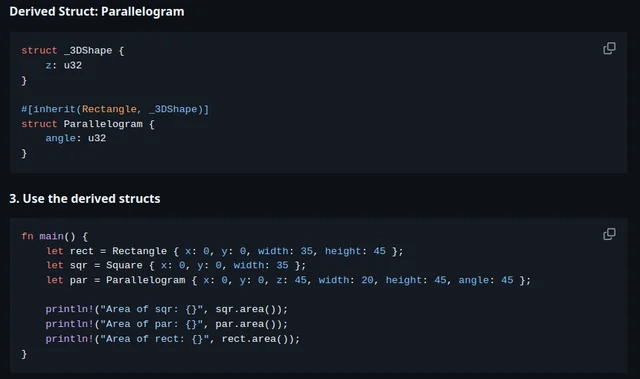







































































































.jpg?#)





.png?width=1920&height=1920&fit=bounds&quality=70&format=jpg&auto=webp#)
























_ArtemisDiana_Alamy.jpg?#)















































































-xl.jpg)













![Yes, the Gemini icon is now bigger and brighter on Android [U]](https://i0.wp.com/9to5google.com/wp-content/uploads/sites/4/2025/02/Gemini-on-Galaxy-S25.jpg?resize=1200%2C628&quality=82&strip=all&ssl=1)












![Apple Rushes Five Planes of iPhones to US Ahead of New Tariffs [Report]](https://www.iclarified.com/images/news/96967/96967/96967-640.jpg)
![Apple Vision Pro 2 Allegedly in Production Ahead of 2025 Launch [Rumor]](https://www.iclarified.com/images/news/96965/96965/96965-640.jpg)

















